Blog
Employment Law Compliance: The True Cost of Getting It Wrong
December 5, 2025 Leslie Smith
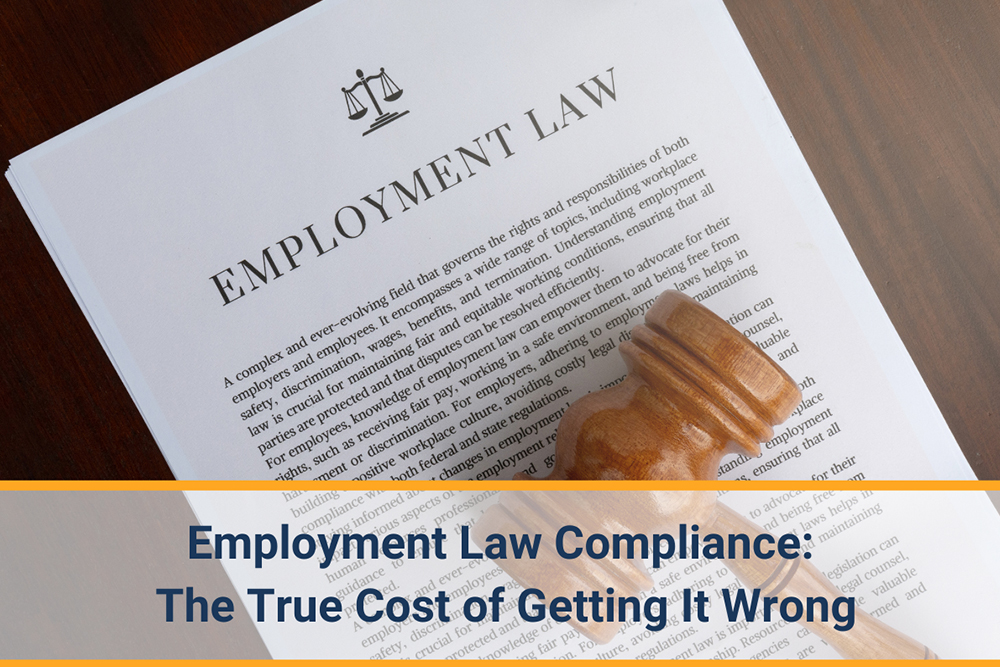
Employment Law Violation Penalties: The Financial Impact
Employment Law Violation Penalties: The Financial Impact
As an employment lawyer practicing in Oakville, Ontario, I regularly witness organizations underestimate the true cost of employment law non-compliance. Many businesses view compliance as an expense rather than an investment. However, the financial impact of getting employment law wrong far exceeds the cost of proactive compliance. Understanding these costs helps organizations make informed decisions about legal risk management.
Employment law violations in Canada carry significant financial penalties that can devastate businesses of all sizes.
- Employment Standards Act violations: $250 to $100,000 per violation
- Human rights violations: $10,000 to $40,000 plus compensatory damages
- Occupational health and safety offenses: $100,000 to $1,500,000 for corporations
- Wrongful dismissal awards: 3 to 24 months of compensation per employee
- Punitive damages for bad faith conduct: $5,000 to $100,000 or more
These penalties represent only direct costs. The Ontario Ministry of Labour issued over $8 million in penalties in 2023 alone. Human rights tribunals awarded an average of $25,000 in general damages per successful claim.
As an employment lawyer, I've seen small businesses face bankruptcy from single employment law violations. Medium-sized organizations can lose years of profits to legal penalties and settlements.
Hidden Costs of Employment Law Non-Compliance
Hidden Costs of Employment Law Non-Compliance
Beyond direct penalties, employment law violations create substantial hidden costs that organizations often overlook.
- Legal fees ranging from $15,000 to $150,000 per case
- Management time diverted to legal disputes
- Productivity loss during investigations and litigation
- Employee morale decline and increased turnover
- Recruitment costs to replace departed employees
- Insurance premium increases after claims
Legal fees alone can exceed penalty amounts. A straightforward wrongful dismissal case typically costs $25,000 to $50,000 in legal fees. Complex cases involving multiple claims can exceed $100,000 in legal costs.
Management time represents another significant hidden cost. Senior executives spending weeks managing legal disputes lose focus on business operations. This opportunity cost rarely appears in financial statements but significantly impacts organizational performance.
Reputation Damage: The Employment Law Cost Nobody Calculates
Reputation Damage: The Employment Law Cost Nobody Calculates
Reputation damage from employment law violations creates long-term financial consequences that extend far beyond immediate penalties.
- Difficulty attracting top talent to the organization
- Customer and client relationship damage
- Negative media coverage and social media backlash
- Reduced competitive positioning in the marketplace
- Investor confidence decline for larger organizations
- Supplier and partner relationship strain
At Leslie J. Smith Law in Oakville, I've counseled clients facing reputation crises from employment law violations. Rebuilding reputation takes years and substantial investment. Some organizations never fully recover from high-profile employment law failures.
Social media amplifies reputation damage exponentially. A single employment law violation can generate thousands of negative online comments. This digital footprint persists indefinitely, affecting future recruitment and business development.
Productivity Loss from Employment Law Disputes
Productivity Loss from Employment Law Disputes
Employment law disputes drain organizational productivity in ways that extend throughout the entire workforce.
- Distracted management unable to focus on strategic priorities
- Employee anxiety and reduced engagement during disputes
- Team disruption when key employees are involved
- Time spent on documentation and legal preparation
- Workplace culture deterioration affecting overall performance
Research indicates that organizations involved in employment law disputes experience 15-30% productivity decline in affected departments. This productivity loss continues throughout the dispute resolution process, which often takes 12-24 months.
Cost-Benefit Analysis: Proactive Employment Law Compliance
Cost-Benefit Analysis: Proactive Employment Law Compliance
Proactive employment law compliance costs significantly less than reactive legal response to violations.
- Annual legal retainer: $5,000 to $25,000
- Policy development and updates: $3,000 to $10,000
- Training programs: $2,000 to $8,000 annually
- HR system improvements: $5,000 to $20,000
- Regular compliance audits: $3,000 to $12,000
Total proactive compliance investment typically ranges from $18,000 to $75,000 annually. This investment prevents violations that could cost hundreds of thousands in penalties, legal fees, and hidden costs.
As an employment lawyer, I've calculated that proactive compliance typically costs 10-20% of reactive legal response expenses. Organizations investing in compliance avoid the devastating financial impacts of violations.
Employment Law Compliance Return on Investment
Employment Law Compliance Return on Investment
Compliance investment generates positive returns beyond avoiding penalties and legal costs.
- Reduced employee turnover and recruitment costs
- Improved workplace culture and productivity
- Enhanced reputation attracting better talent
- Competitive advantage in client relationships
- Lower insurance premiums and risk exposure
- Peace of mind for leadership and ownership
Organizations with strong employment law compliance report 25-40% lower employee turnover. This turnover reduction alone often justifies compliance investment through reduced recruitment and training costs.
Making the Business Case for Employment Law Compliance
Making the Business Case for Employment Law Compliance
Smart organizations view employment law compliance as strategic investment rather than regulatory burden.
- Quantifying potential violation costs and penalties
- Calculating hidden costs of non-compliance
- Demonstrating ROI from compliance investment
- Comparing proactive versus reactive cost scenarios
- Highlighting competitive advantages of compliance
At Leslie J. Smith Law in Oakville, we help organizations develop compelling business cases for employment law compliance investment. Our experience as employment lawyers allows us to provide realistic cost projections based on actual case outcomes.
Contact Leslie J. Smith at 905-257-7714 for expert guidance on employment law compliance and cost management strategies.
Employment Lawyer: Workplace Safety and Liability Guide
November 20, 2025 Leslie Smith
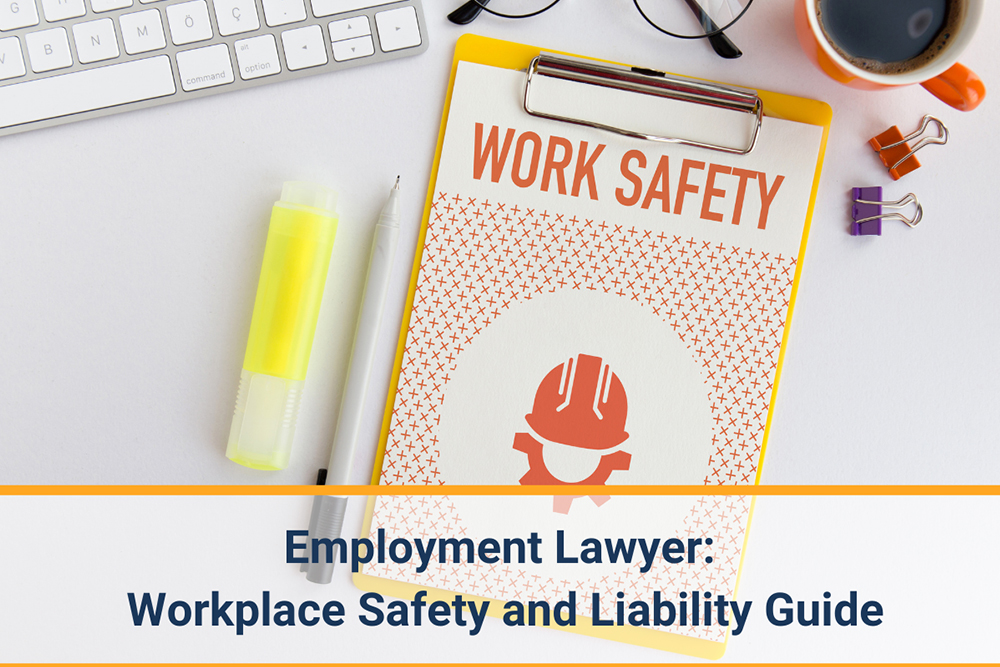
As an employment lawyer practicing in Oakville, Ontario, I regularly advise organizations on workplace safety and legal liability. Workplace safety obligations extend far beyond basic compliance with occupational health and safety legislation. Understanding these complex legal requirements protects organizations from devastating liability while ensuring employee wellbeing.
Employment Lawyer Essentials: Due Diligence Requirements
Due diligence represents the cornerstone of workplace safety compliance.
Under Ontario's Occupational Health and Safety Act, employers must take every precaution reasonable in the circumstances.
- Implementing comprehensive safety policies and procedures
- Providing regular training for employees and supervisors
- Documenting all safety efforts and initiatives
- Conducting regular hazard assessments
- Updating programs as new hazards emerge
As an employment lawyer, I've seen organizations face significant penalties because they couldn't demonstrate due diligence efforts. The due diligence standard evolves as new hazards emerge and best practices develop. Organizations must continuously update their safety programs to reflect current standards.
What Employment Lawyers Know About Employer Safety Obligations
Employer safety obligations under occupational health and safety legislation are extensive and legally binding.
Core employer obligations include:
- Providing safe equipment and proper training
- Ensuring competent supervision at all times
- Establishing safety committees or representatives
- Identifying hazards and implementing controls
- Responding to safety concerns promptly
Specific obligations vary by industry and workplace hazards. Construction sites face different requirements than office environments. However, all employers share fundamental duties to protect workers.
Recent amendments to Ontario's legislation have strengthened enforcement mechanisms. Ministry of Labour inspectors have broad powers to investigate workplaces and issue orders. Non-compliance can result in work stoppages that significantly impact business operations.
Employment Lawyer Perspective on Workplace Injury Liability
Workplace injuries create multiple streams of potential liability that organizations must understand and manage.
Types of liability include:
- Workers' compensation claims and premium increases
- Criminal charges under Bill C-45 amendments
- Civil lawsuits in certain circumstances
- Regulatory fines and penalties
- Reputational damage and business disruption
Bill C-45 amendments to the Criminal Code allow criminal prosecution of organizations for workplace safety failures. These prosecutions can result in unlimited fines. Individual directors and officers can also face personal liability including imprisonment.
As an employment lawyer at Leslie J. Smith Law in Oakville, I advise clients that preventing injuries is far more cost-effective than managing liability.
Mental Health Claims: Employment Lawyer Guidance
Mental health claims represent a growing area of workplace safety liability that requires proactive management.
Key mental health considerations include:
- Psychological hazards including workplace stress and harassment
- Violence prevention programs and policies
- Accommodation of mental health disabilities
- Response protocols for harassment complaints
- Training for managers on mental health awareness
Ontario's occupational health and safety legislation explicitly addresses workplace harassment and violence. Employers must develop policies and programs addressing these issues. Failure to respond appropriately to harassment complaints can result in significant liability.
Third-Party Safety and Employment Lawyer Concerns
Workplace safety obligations extend beyond direct employees to contractors, visitors, and the public.
Third-party safety considerations include:
- Contractor safety coordination and oversight
- Visitor safety protocols and signage
- Public safety near work sites
- Clear contractual provisions on safety responsibilities
- Insurance coverage for third-party incidents
As an employment lawyer, I recommend clear contractual provisions addressing safety responsibilities when engaging contractors. Clear allocation of responsibility helps manage liability exposure.
Employment Lawyer Integration: Safety and Employment Law
Safety compliance intersects with employment law in numerous critical ways that require careful navigation.
Key integration points include:
- Disciplining employees for safety violations
- Terminating employees for safety reasons
- Protecting employee rights to refuse unsafe work
- Accommodating disabilities while maintaining safety
- Managing return-to-work after injuries
Employees have rights to refuse unsafe work under occupational health and safety legislation. Employers cannot discipline or terminate employees for exercising this right. Safety-related terminations require careful documentation of violations and progressive discipline.
Employment Lawyer Best Practices for Compliance
Effective safety compliance requires integrating safety into all aspects of operations and organizational culture.
Best practices include:
- Regular safety audits and inspections
- Comprehensive training programs for all levels
- Clear reporting mechanisms for hazards
- Investigation protocols for incidents
- Continuous improvement processes
At Leslie J. Smith Law in Oakville, we help organizations develop comprehensive approaches to workplace safety compliance. Our experience as employment lawyers allows us to address the complex intersection of safety obligations and employment law requirements.
Contact Leslie J. Smith at 905-257-7714 for expert guidance on workplace safety and employment law compliance.
Archive

December 5, 2025 | Leslie Smith

November 20, 2025 | Leslie Smith
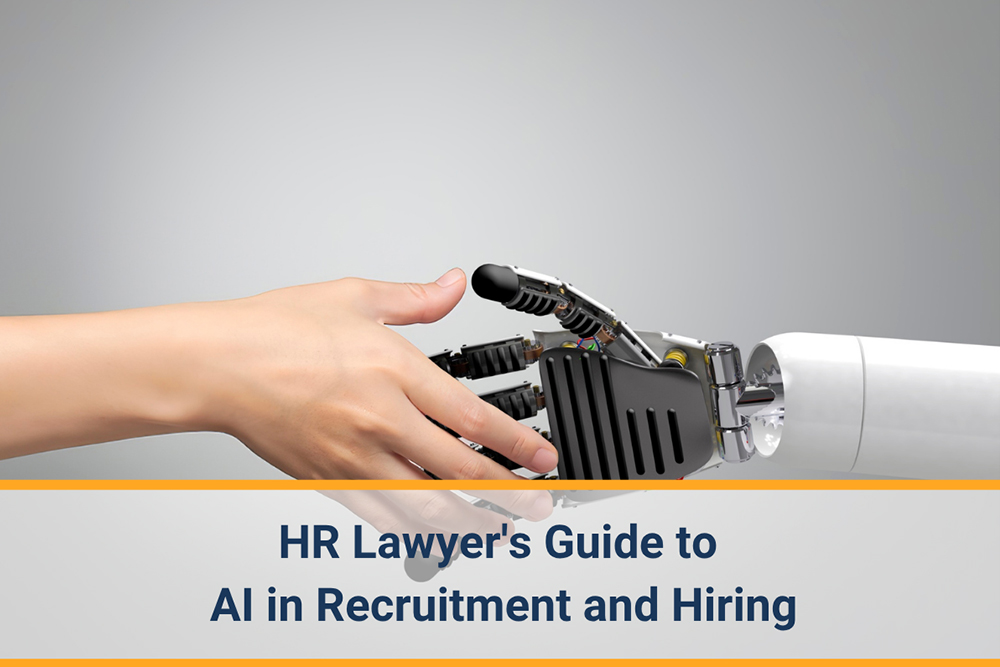
October 19, 2025 | Leslie Smith

September 19, 2025 | Leslie Smith
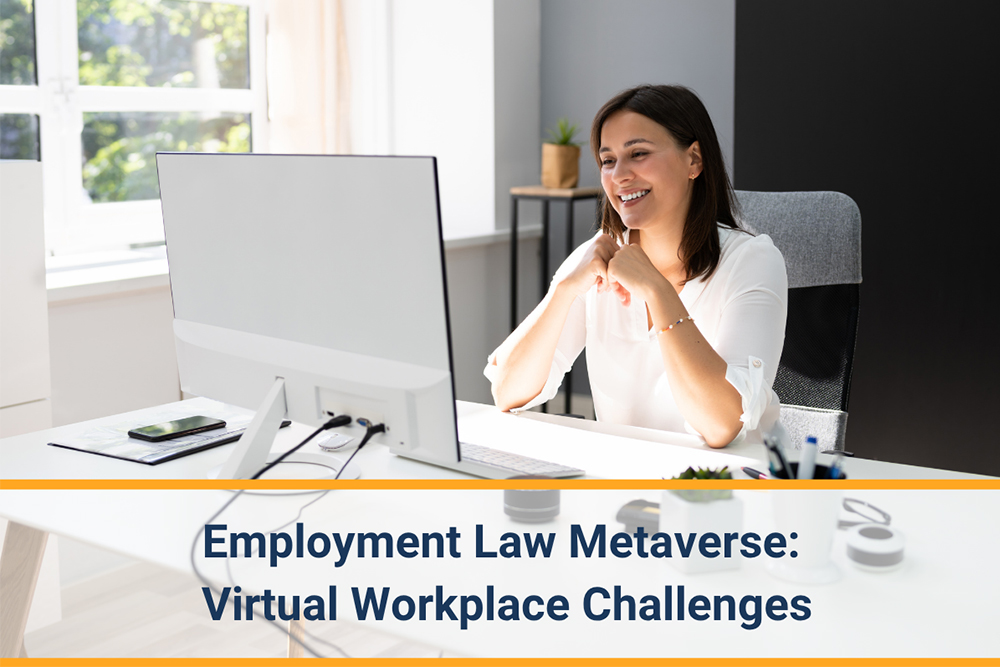
August 6, 2025 | Leslie Smith
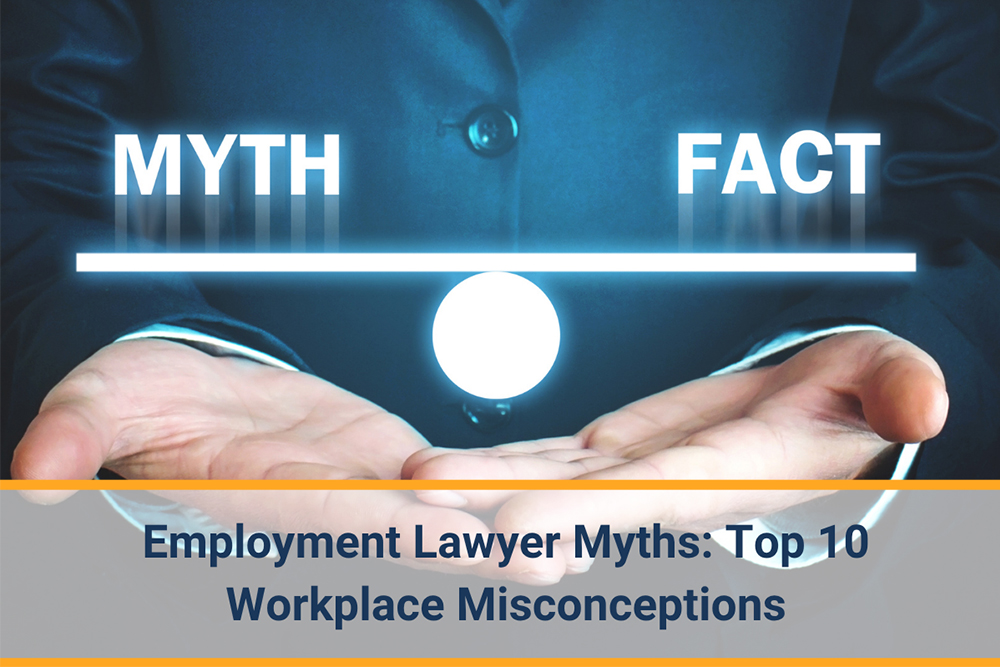
July 17, 2025 | Leslie Smith
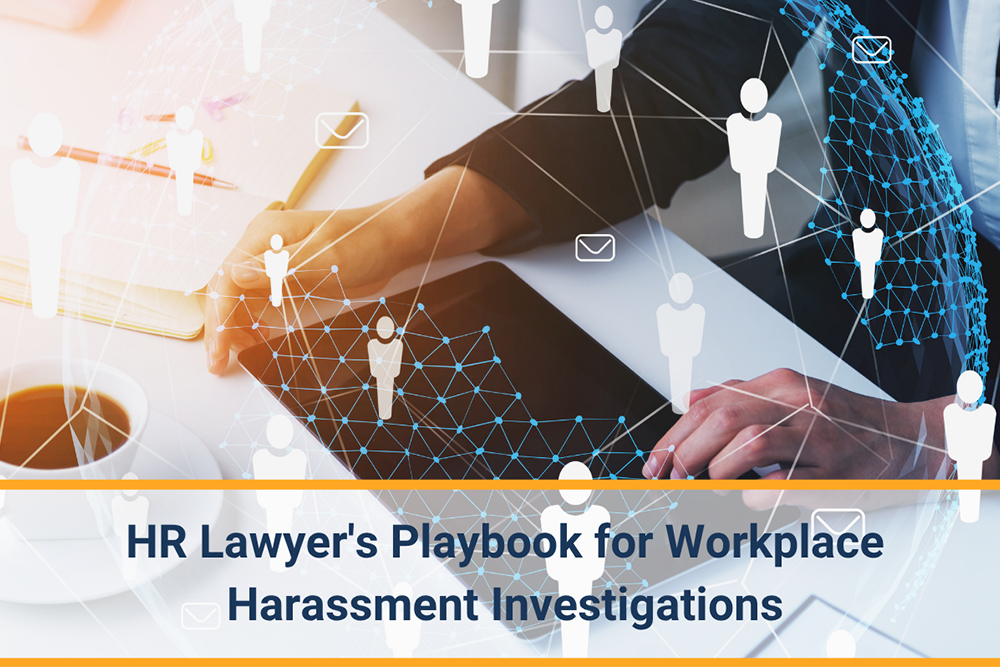
June 12, 2025 | Leslie Smith

May 11, 2025 | Leslie Smith

April 8, 2025 | Leslie Smith

March 8, 2025 | Leslie Smith

February 5, 2025 | Leslie Smith

January 25, 2025 | Leslie Smith

January 11, 2025 | Leslie Smith

December 10, 2024 | Leslie Smith

December 5, 2024 | Leslie Smith

November 9, 2024 | Leslie Smith

October 18, 2024 | Leslie Smith

July 14, 2022 | Leslie Smith

April 22, 2022 | Leslie Smith








